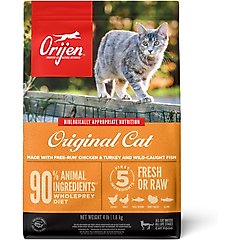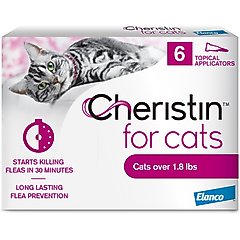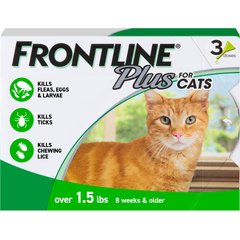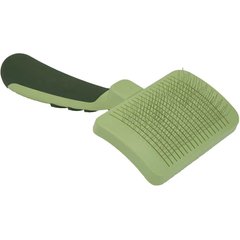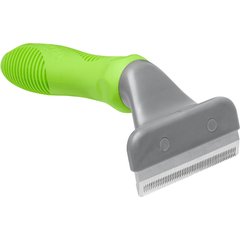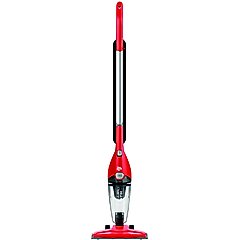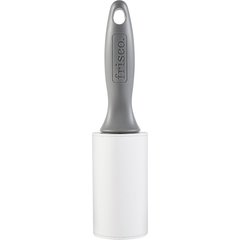Why Is My Cat Shedding So Much? How To Reduce Shedding
Pet fur: It looks great on our cats, but on our clothes? Not so much. Not only does cat shedding lead to clothing covered in fur, but their hairs can stick to your furniture, wind up in your home-cooked meals (the worst!), and even heighten allergies and sensitivities for everyone living in the house.
So why is your cat shedding so much? Shedding is completely normal for both short- and long-haired cats. Certain breeds shed more than others, some experience an uptick during seasonal shifts, and excessive shedding can also be caused by a medical issue.
Learn more about why cats shed and how to reduce cat shedding to keep your home and clothing fur-free.
Key Takeaways
- Shedding is normal for cats and varies by breed, season, and individual health.
- Excessive shedding may indicate stress, allergies, diet imbalance, or underlying health conditions.
- Grooming, proper diet, and regular vet checkups can help reduce shedding.
- Maintaining a clean home with pet-friendly tools helps manage loose cat hair.
Why Is My Cat Shedding So Much?
Shedding hair and dander is natural, healthy, and necessary for both indoor and outdoor cats.
Long-haired breeds like Maine Coons and Ragdolls tend to shed more than shorter-haired cats like Bengals or Bombays—and of course, hairless breeds like the Sphynx don’t have much hair to shed at all.
But in general, cats shed and grow new fur throughout the year, with increased shedding when seasons change during the fall and spring, says Michelle Dulake, DVM, CEO of Fera Pet Organics in Los Angeles.
However, there are some instances in which your cat sheds more than what’s normal. Excessive shedding can be caused by a range of issues, including:
Other cat health problems, such as hormonal changes or imbalances, cancer, and thyroid issues, are less common but can also cause increased hair shedding.
When To See a Vet
Here are some signs that you should schedule a vet visit about your cat’s shedding:
- Lack of grooming: This tends to happen when cats do not feel well due to being ill, or cannot reach the area due to arthritis or pain.
- Increased grooming: On the other side of the coin, a cat who’s increased their grooming is also a sign they may have an issue.
- More hairballs: Sometimes it’s hard to notice an uptick in your cat’s grooming habits. An increase in hairballs is a potential sign they’re experiencing higher amounts of hair loss.
- Bald spots, areas of thinning, or an otherwise thin coat
- Skin infections: If your cat’s skin looks irritated, flaky, red, or swollen, that’s a sign of an allergy, wound, or other underlying medical problem.
- Bug infestations: Mites, fleas, ticks, and other bugs can hang out in your cat’s fur and skin, leading to skin irritation and hair loss.
How to Reduce Cat Shedding
Whether your feline friend is a year-round fur machine or is just a super-shedder during seasonal changes, it’s important to stay on top of grooming and cleaning.
Follow this guide on how to reduce cat shedding and you’ll be on your way to a happier kitty and a healthier home.
Feed Your Cat a High-Quality Diet
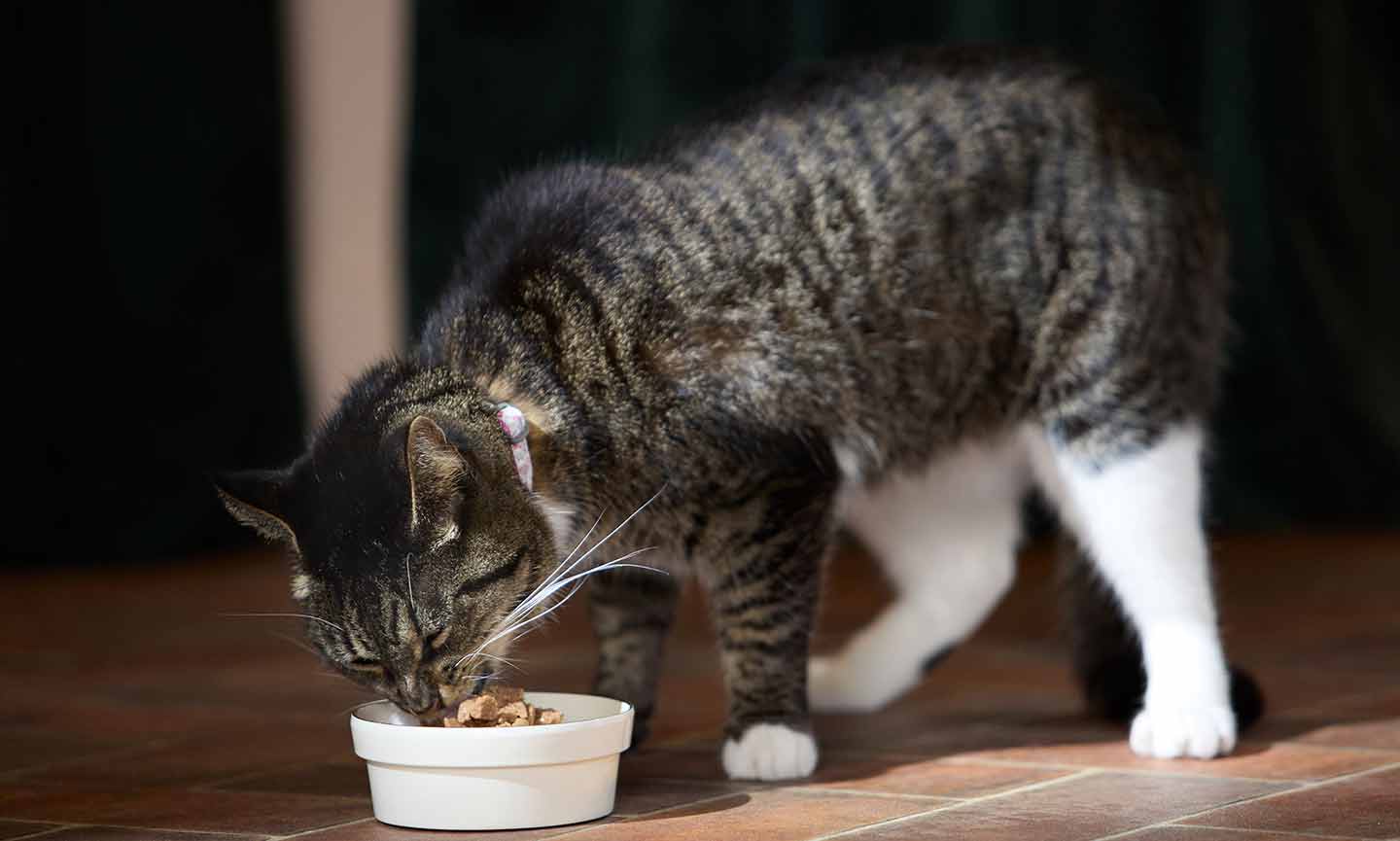
In the same way you fuel your own body with nutritious foods, it’s important for your cat to eat a complete and nutritionally balanced diet.
This helps ensure your cat has a healthy skin and healthy coat—which can lessen the amount of shedding in some cats—and they’ll also feel better in the short and long term.
Talk to your veterinarian about the best food for your cat.
Recommended Products
Use Parasite Protection
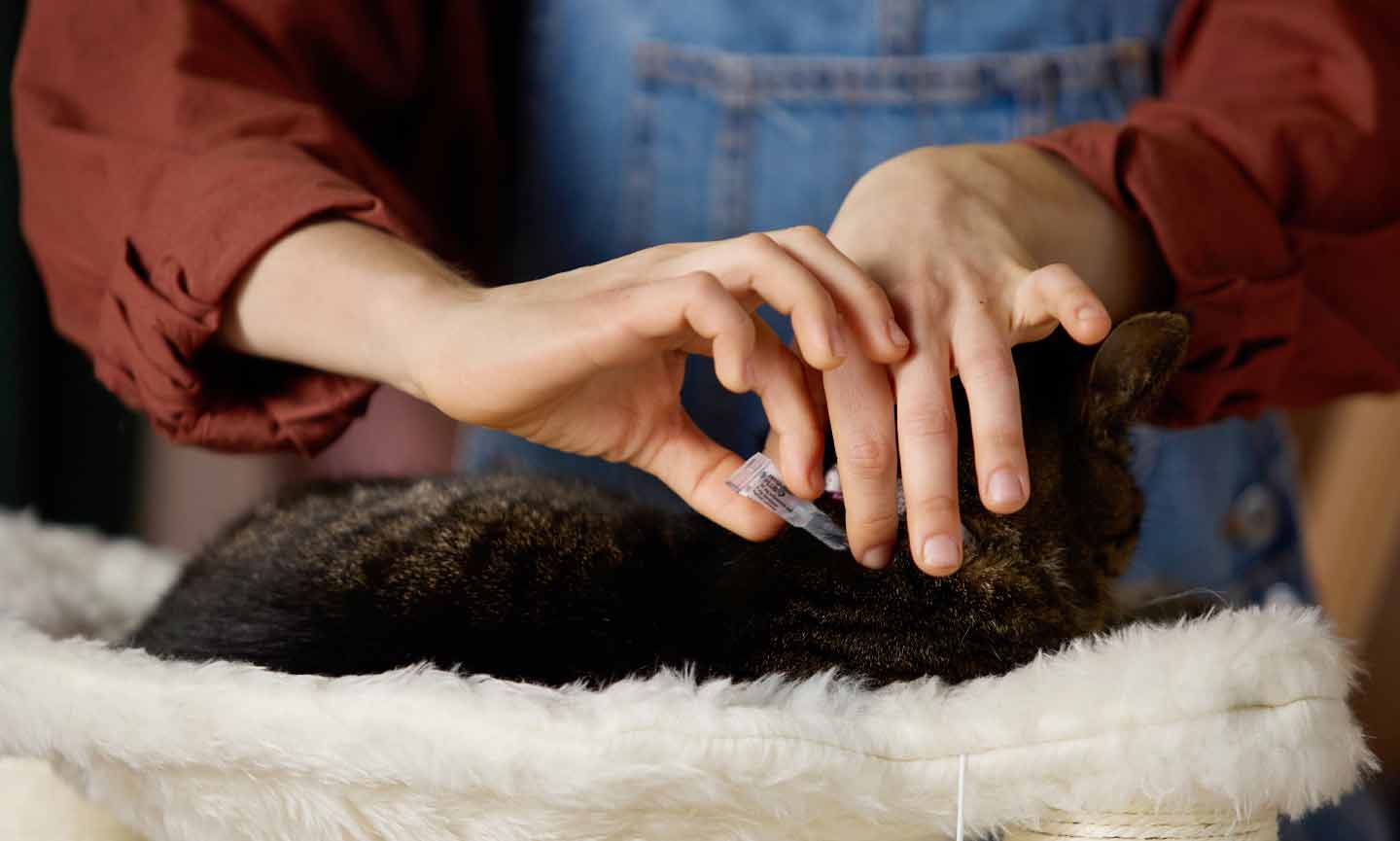
Use parasite preventatives to help ward off fleas, ticks, ringworm, and other bugs that can cause fur and skin problems in your cat. These parasites don’t take any time off, so prevention is key all year long.
It’s important to consult your veterinarian to determine which medications are best for your pet—and to determine how often to give them. Cats with severe allergies to parasites, for example, may need a more robust treatment schedule.
Recommended Products
Brush Your Cat Daily
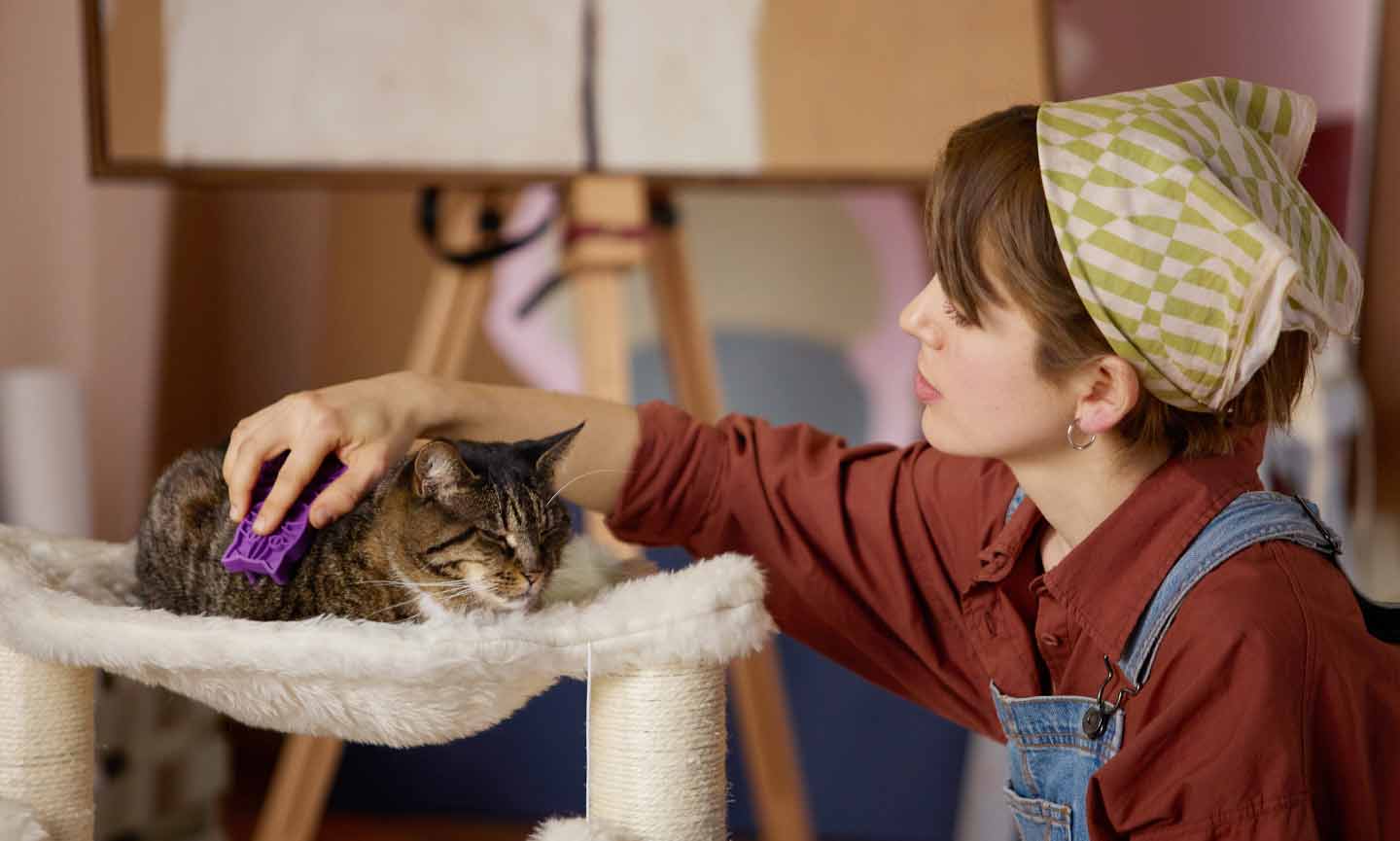
Regular brushing can help remove loose hair on your cat’s coat, which means less will end up on your couch and clothes—and in your cat’s belly, so it has the added benefit of reducing hairballs. Just a few minutes of brushing every day is all that’s needed.
There are different types of brushing tools for long-haired cats vs. short-haired kitties. Brushes for short-haired cats typically have shallow teeth.
Recommended Product
Long-haired cat brushes have longer teeth so you can reach further into their coat.
Recommended Product
Make sure that you choose the appropriate option to provide maximum comfort during grooming sessions. If you’re not sure what to use, ask your groomer or vet for advice.
In addition to choosing a tool that’s appropriate for your breed of cat, you may need to try different options to find out what your cat likes best. Trust us—brushing your cat is a lot more enjoyable for you when it’s also enjoyable for your cat.
Anything from the shape of the brush to the firmness or softness of the bristles can determine how your cat reacts to being groomed. There are even gloves you can use to brush your kitty!
Recommended Product
If your cat will tolerate them, de-shedding tools help remove more pet hair during those high-shedding seasons.
Recommended Product
Minimize Stress
Stress can trigger increased hair loss in cats. When a cat feels anxious or threatened, their body may respond by shedding more fur.
Chronic stress can even lead to overgrooming, which further contributes to hair loss and skin irritation.
By minimizing stressors in your cat’s environment—such as loud noises, lack of routine, unfamiliar visitors, or competition with other pets—you help maintain their emotional well-being and reduce the likelihood of stress-induced shedding.
Consider Supplements
Supplements may help reduce cat hair shedding by addressing nutritional deficiencies that affect skin and coat health.
Nutrients that may support reduced shedding include:
- Essential fatty acids like omega-3 and omega-6
- Biotin
- Zinc
Some nutrients, like zinc, can be poisonous if ingested in large quantities. Consult your veterinarian before adding any supplement to your cat’s diet.
Recommended Products
How To Minimize the Cat Hair in Your Home
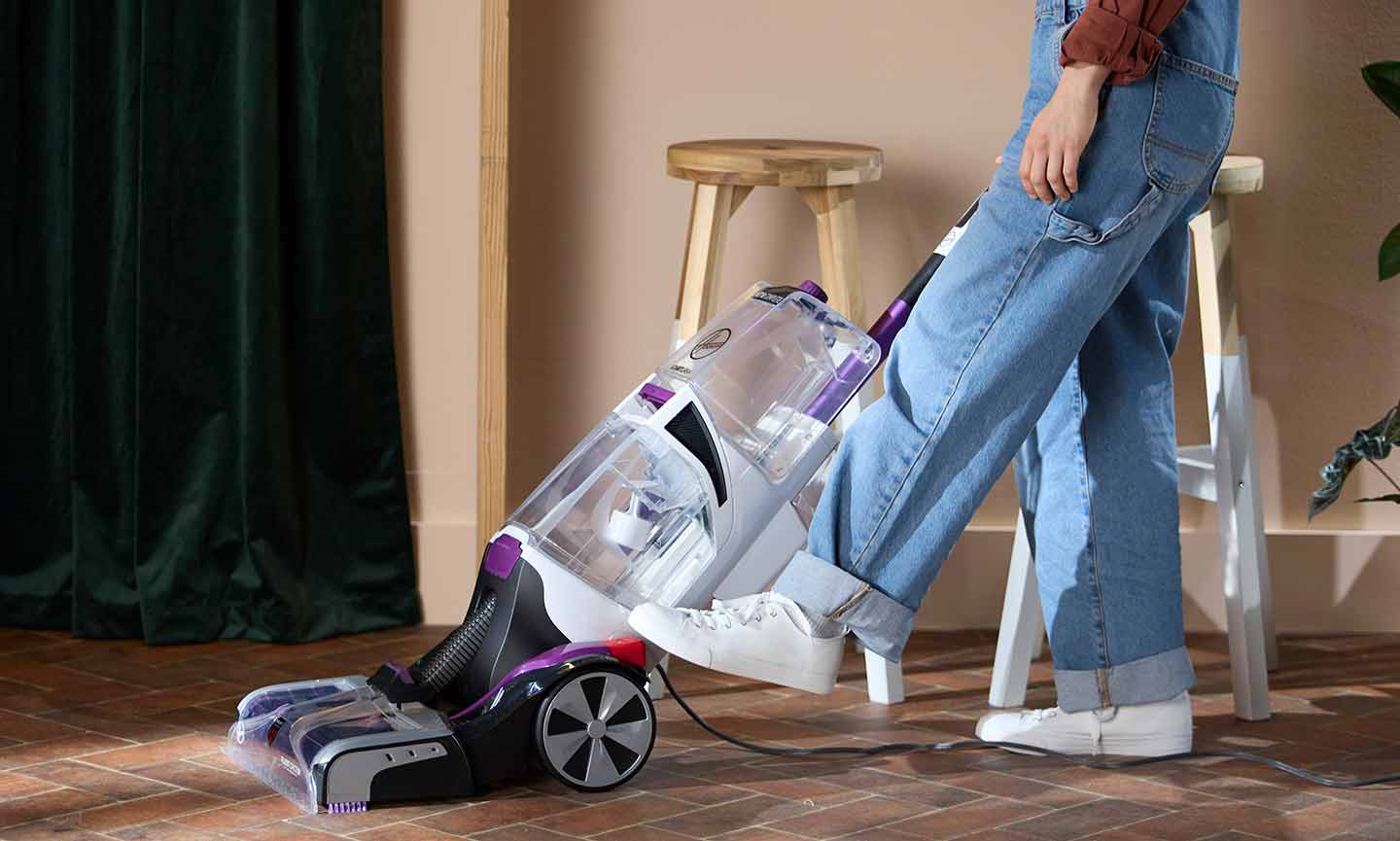
One of the easiest ways to prevent cat hair from taking over your furniture? Never let it touch your stuff in the first place. Try these tactics for keeping a fur-free home:
- Use a sofa cover or throw blanket. This won’t reduce your cat’s shedding, but it’s a lot easier to clean than the couch itself.
Recommended Products
- Vacuum often. You might need to run a vacuum over floors every one to two days in areas highly trafficked by pets, especially during high-shed seasons like spring and fall.
Recommended Products
Pro Tip: A smart vacuum can be a lifesaver when it comes to cat fur—just schedule it to run daily or every other day, whatever works best for you, and you’ll be one step ahead without even lifting a finger.
- Dry-wipe your furniture with pet hair remover tools like lint rollers or rubber gloves.
Recommended Product
Follow these tips and you just might find that your cat’s shedding is less frustrating—and that you appreciate your feline friend more than ever.

